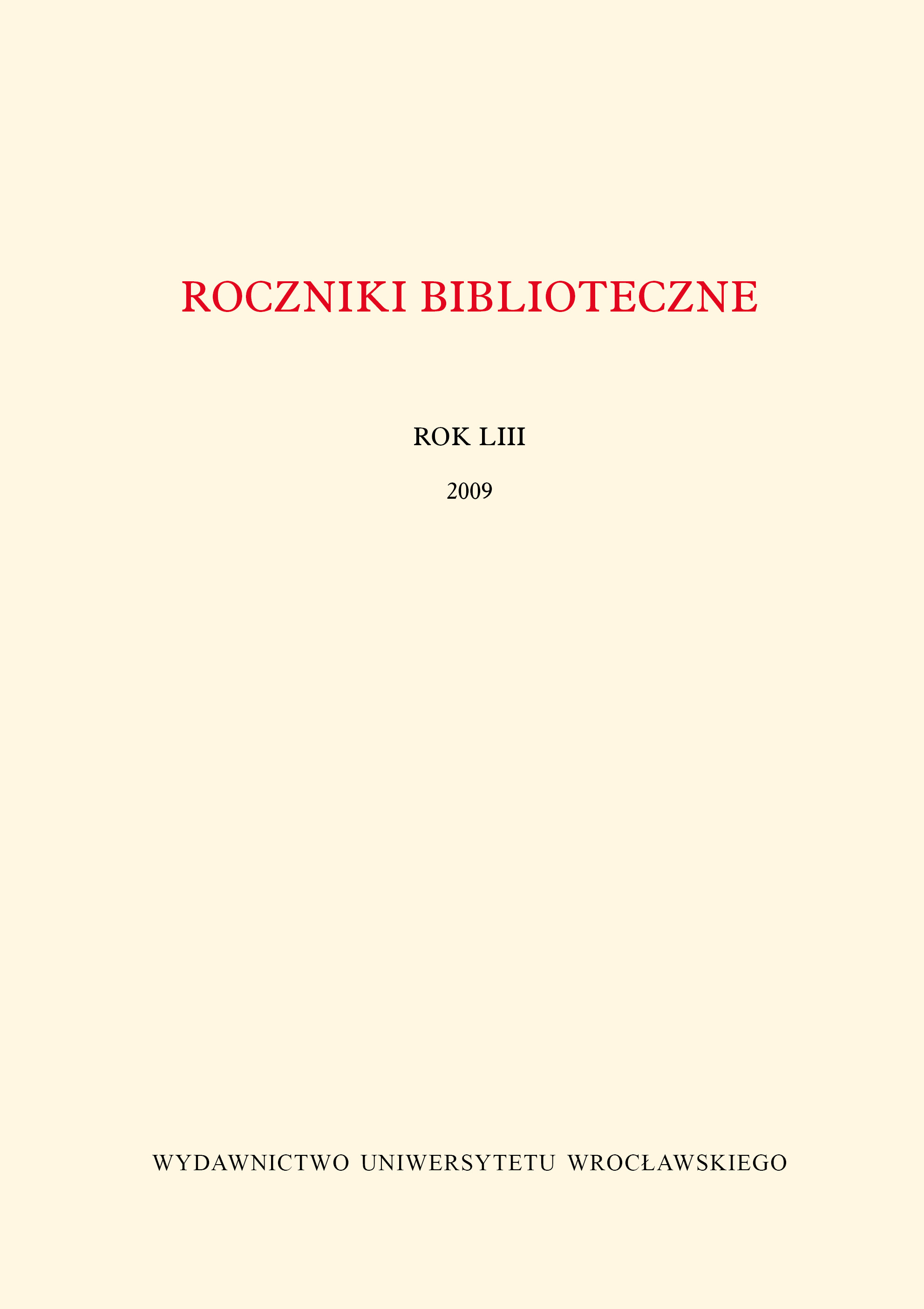

Artykuły i materiały

The mystery of the Kraków Terminus. On the printer’s device of the publishing house of Hieronim Wietor, a promoter of Erasmism in Poland
Terminus was very popular in the Renaissance, as Erasmus of Rotterdam used it as his personal symbol accompanied by the motto “concedo nulli” – “I yield to none”. The representation of the Roman god of boundaries is to be found e.g. in Alciato’s Emblematum libellus, where it appeared in the Venetian edition of 1546. However, before Terminus found its way to Alciato’s book, it had been used in Kraków as the printer’s device of one the city’s publishers, Hieronim Wietor, who is to be counted among the most enthusiastic early 16th century Polish admirers and promoters of Erasmus’s work: his publishing house in Kraków printed most of the Erasmian titles. The fact that Wietor used Erasmus’s personal symbol as his printer’s device was one of the manifestations of his enthusiastic approach towards the works of the Dutch humanist. He used this device for the first time in 1523, in an edition of the famous handbook Opus de conscribendis epistolis. The imagery of the mark was clearly based on the famous portrait medal prepared by Quentin Matsys for Erasmus in 1519. The link between Hieronim Wietor’s device and the reverse side of the Erasmus portrait medal can be observed in the visual similarities between the Kraków and the Dutch representations of Terminus, but it is also confirmed by the choice of the mottoes that surround the God in the Kraków printer’s device. Wietor directly borrowed one of the two inscriptions found in the Erasmus medal. Although the second Erasmian motto is not directly incorporated, it is clearly reflected in the three sentences of a similar vanitas meaning that Wietor decided to place on his device. Those mottoes were selected with care - Wietor quotes them in three classical languages, showing that the same wisdom is derived from the three traditions that were of the largest importance for the European Renaissance: Old Testament, Christianity and the antiquity. The choice of the inscriptions in the Kraków representation of the Roman god appears to suggest the solution to the riddle of Terminus in line with the interpretation proposed by Erasmus in later years of his life, when he argued that Terminus represented death that yielded to nobody.